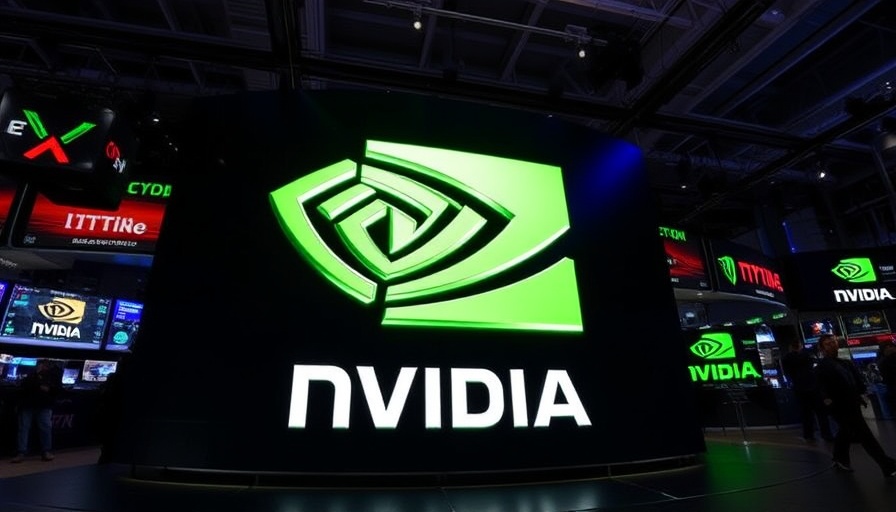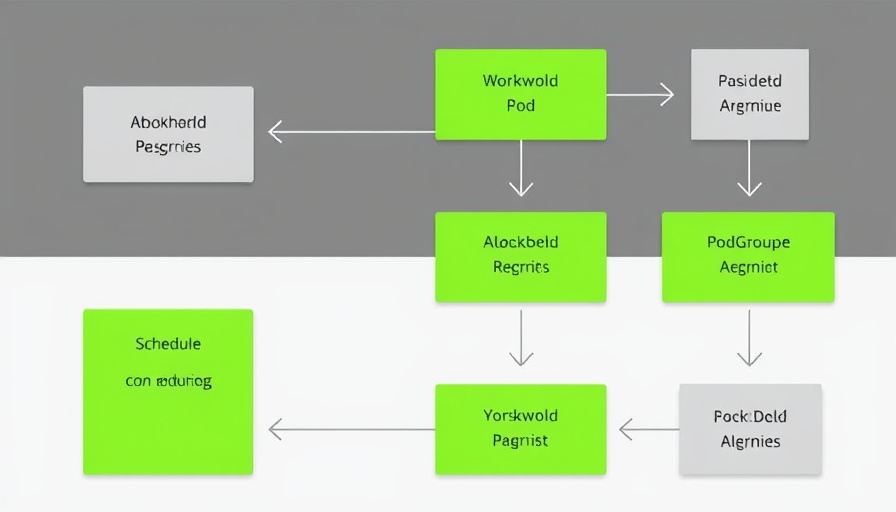
Understanding Nvidia's Market Response
In a surprising twist for investors, Nvidia's (NASDAQ:NVDA) stock recently took a hit despite the company reporting robust earnings. This downturn raises important questions about market dynamics and informs us about broader economic trends, especially in the tech sector.
The Main Trigger: Geopolitical Concerns
Mizuho's tech specialist Jordan Klein highlighted that concerns over potential U.S. government actions regarding chip exports to China played a pivotal role in the stock's drop. Reports suggested an investigation in Singapore concerning possible illegal shipments of Nvidia GPUs to China, which compounded existing fears about stricter trade regulations. Klein states, "Anyone on the buyside in Semis already knows NVDA chips are illegally getting into China via Asian ports of entry." This indicates that Nvidia’s stock decline isn’t just a reaction to corporate performance metrics but a complex interplay of geopolitical issues.
Uncertainties Fueling Hesitation
Investors have grown wary amidst fears that the U.S. could impose a blanket ban on Nvidia chip sales to China, a scenario that could drastically affect the company's revenues. Klein estimates such a ban could impact revenue projections by $4-5 billion or as much as $0.18 off fiscal year 2026 earnings. The looming threat of tariffs on Chinese goods further complicates market sentiments.
Market Reactions and Future Outlook
Despite near-term risks, Klein remains optimistic about Nvidia’s long-term prospects. His target price of $125 reflects confidence that the stock is currently undervalued, noting that its 22x FY27 P/E ratio discounts potential revenue losses from China. He further posits that Nvidia's upcoming GTC conference may serve as a catalyst for stock recovery.
Why Understanding These Dynamics Matters for AI Enthusiasts
For AI enthusiasts, insights into Nvidia's market performance can inform investment strategies within the rapidly evolving tech landscape. Nvidia is a critical player in AI development, particularly with their GPUs that enable advanced machine learning and artificial intelligence applications. A dip in stock price could present a buying opportunity for those looking to invest in future technologies.
The Bigger Picture: Trade Relations Shape the Tech Landscape
The situation not only affects Nvidia but also offers insights into the broader relationship between the U.S. and China concerning technology and trade. As tensions fluctuate, tech companies may need to navigate an increasingly complex regulatory environment while continuing to innovate and deliver products that shape our understanding of artificial intelligence and machine learning.
Concluding Thoughts: The Intersection of Politics and Technology
As Nvidia continues to play a pivotal role in the semiconductor and AI sectors, understanding the influences of global politics will be crucial for investors and technology enthusiasts alike. Navigating these challenges will require adaptability and foresight as the landscape continues to evolve.
Stay informed on critical developments in technology and investment strategies by following our updates on the latest in the AI sector. Your engagement shapes the future of technological advancement.
 Add Row
Add Row  Add
Add 




 Add Row
Add Row  Add
Add 

Write A Comment